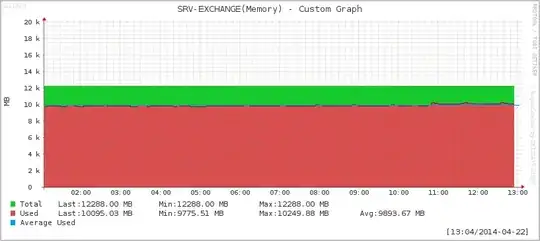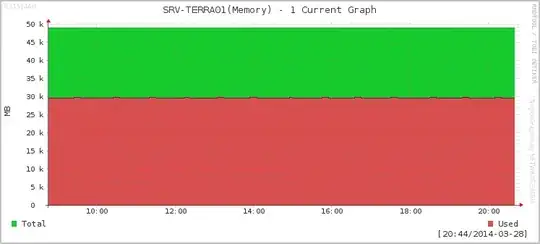I've recently set up Nagios for a client and have been wondering about some of the graphs we get out of NagioGrapher.
For example, all systems use the same graph configuration for their physical memory "service". Yet, some looks like this:

Others look like this. Which would be closer to the desired outcome.

Why does the graph for SRV-EXCHANGE have free space between the 12k and 20k line and the graph for SRV-TERRA01 has the upper limit at the top of the graph? One might assume that there are simply values in that range, which cause the graph to be drawn like that, but the legend shows that the recorded max values are well within the expected range.
I've already set graph_lower_limit 1 in the NagiosGrapher configuration to set the lower bound at 0. From what I understand, you can also set a fixed upper limit for rrdtool through the graph_upper_limit directive. But that would set a fixed value as the upper limit as far as I understand it. But I don't really understand why there are these differences in the first place.